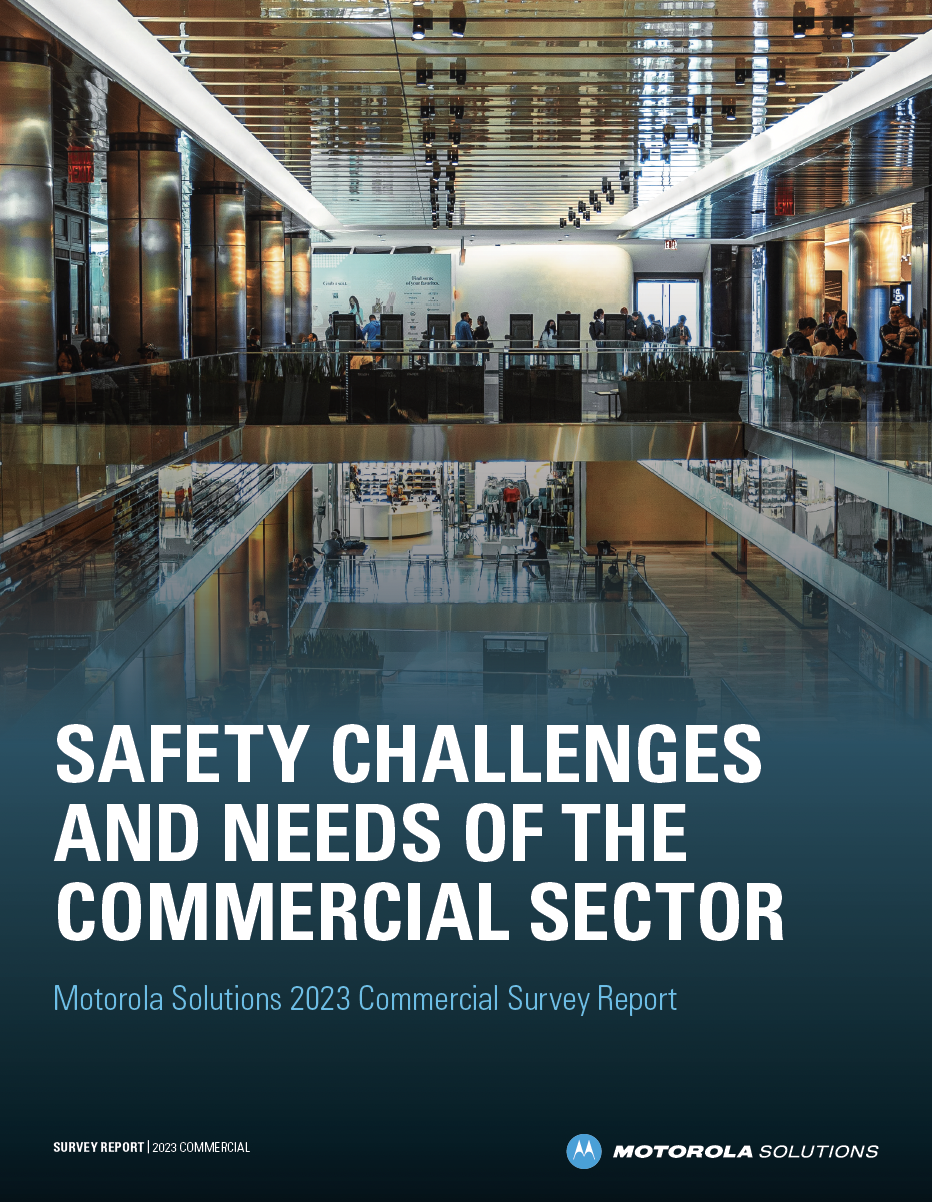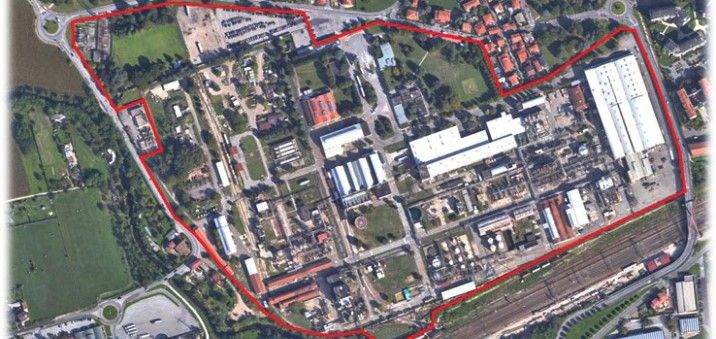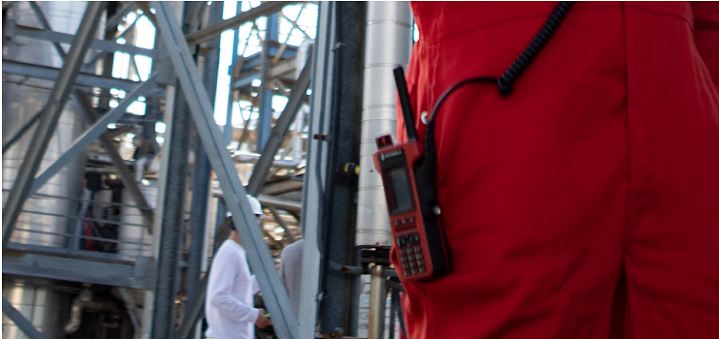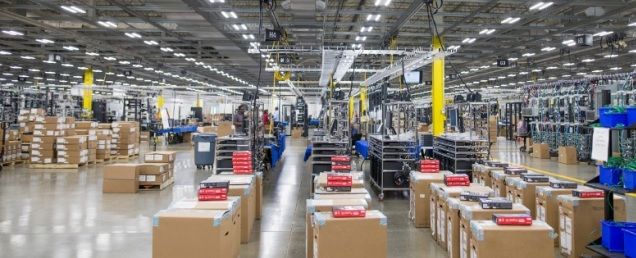2023 Workplace safety survey report
With over 370 respondents from commercial organisations across Europe, the Middle East and Africa, the 2023 Motorola Solution Workplace Safety Survey gained insight from a diverse range of facilities.



With over 370 respondents from commercial organisations across Europe, the Middle East and Africa, the 2023 Motorola Solution Workplace Safety Survey gained insight from a diverse range of facilities.

With MOTOTRBO R7, noise cancellation and feedback suppression cuts through the deafening noise of heavy machinery and removes potential interference from nearby radios.
Improve your coverage, clarity and worker safety. You'll optimise production and minimise downtime when you have reliable communications.
When you interconnect every worker, you streamline and automate your processes, better manage risk and respond to customers quickly.
Two-way radios for instant communication
Communicate instantly with MOTOTRBO™ two-way radios for clear, robust communication to increase safety and efficiency.
WAVE PTX™ broadband push-to-talk for group communications
WAVE PTX™ keeps your teams connected by uniting different devices, on different networks across the one platform.
Body-worn cameras for personnel safety
Improve the safety of security workers should the unexpected happen by capturing events, sending alerts and actioning help in real-time.
Video management and access control for remote monitoring
Secure premises and keep workers protected with video security, analytics and access control that keep you aware of everything that’s going on.
Managed and support services for peace of mind
With a choice of service packages to cover devices and infrastructure you not only protect your investment but ensure users are focused on their job, not the technology.
Explore how some of our customers are benefitting from Motorola Solutions manufacturing security solutions.

Large Spanish automotive supplier optimises communications, safety and efficiency with unified Safety Reimagined platform from Motorola Solutions, including a MOTOTRBO radio network.
Read Case Study
Global materials manufacturer deploys MOTOTRBO ATEX radios and control room software for broadcast of sound announcements and management of communications in emergencies.
Read Case Study
INOVYN decided to equip its workers with the latest MTP8500Ex TETRA ATEX portable radios and to upgrade to DIMETRA Express TETRA system.
Read Case Study
This UK manufacturer replaced their ageing legacy DECT communication system with DIMETRA Express to benefit from the latest in resilient, redundant and secure communications technology.
Read Case StudyPlease wait...
Please wait...